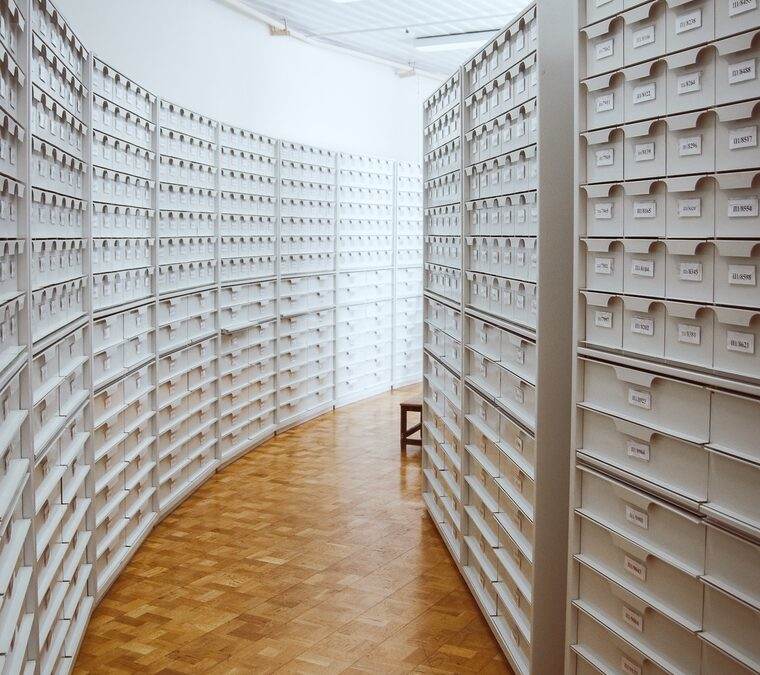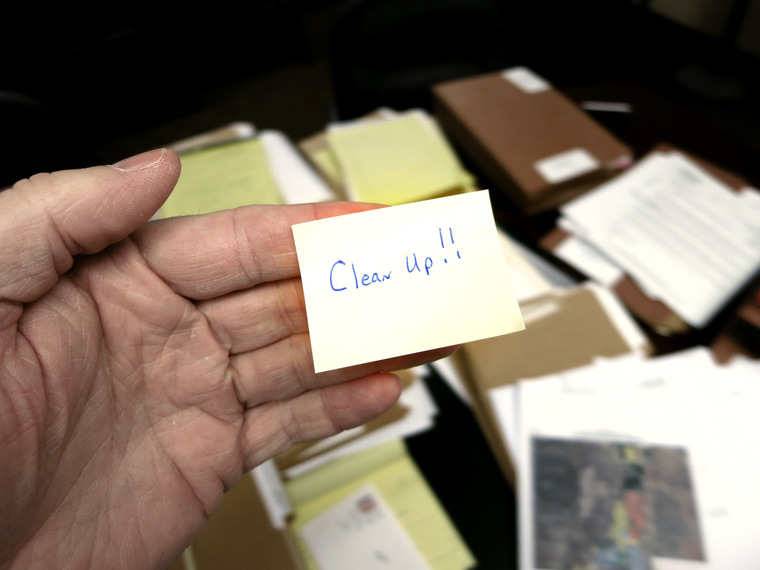How to organise your old business documents… If you’re ready for that lesson, then I’ve got some seriously handy tips that I just know you’re going to love! But first… why? Well, have you heard that once we file an item away, there is a 98% chance that we won’t ever look at it again? Ever. E.V.E.R. Incredible right? Now I can hear those cogs ticking away and you’re thinking, “Why bother filing them if I’m never going to look at them again?” Well, it comes down to that other 2%, the same reason you haven’t already just deleted those old files. Somewhere in that jungle of information are files that you are going to desperately wish that you never threw out. So you don’t. Ever. E.V.E.R.
So now what? What’s your plan when you need to access some of that information? How do you know what you’re looking for? How are you going to find it? When you need that information, you should be able to find it within ten seconds. Crystal clear filing systems are achievable, sustainable and essential if you value your time or your team’s time. So now that we’re all on the same page, let’s get on with the show.

“Simplicity is the ultimate sophistication” Leonardo DaVinci
Choose Your Archive Location
The first step to organising your old business documents is choosing an archive location. Do you want to put old information, right alongside current files, or would you rather use the cloud or even a hard drive? It doesn’t matter where your archive lives, what matters is that it’s accessible when you or your team need it and that it’s navigable.
Name Archive Files Consistently
Now we’re up to step two, and you know what to do? Give yourself a break by naming those archive files consistently. Keep your naming rules simple and apply them to everything. A marker in the title itself can tell you exactly where to start looking when you want to retrieve some long-forgotten information. For example, if you put an “A” at the start of every archived file or an “ARC” at the end of them, then it makes electronic searching a whole lot easier. At a glance, you can now tell the difference between current files and ones you’ve put away for safekeeping.
Clean Out Old Files Regularly
The next big point to remember when you’re sorting out your old information is regular maintenance. Scheduling times when you, or someone on your staff, can come in and review what is in your archive. Set some fundamental rules for what makes something redundant and then you can delete unwanted items in a blink. So, at least once a year, one of your people should be sifting through and making sure that you’re not storing old junk, that anything you keep has at least got the potential to be used again. The smaller your pile is, the less daunting it will be to search through it. Remember what I was saying about the ten-second search? Organising your old business documents is a key part of that.
So give yourself a place where you can find your old business documents when you need them.
Give them a tag that clearly says to the knowing eye that “I am an old file”.
Finally, make sure you cull them every year to get rid of the true rubbish.
Now, go on and organise your old business documents and then you can get on with the stuff you want to do, knowing you’ve got a great system behind you.






